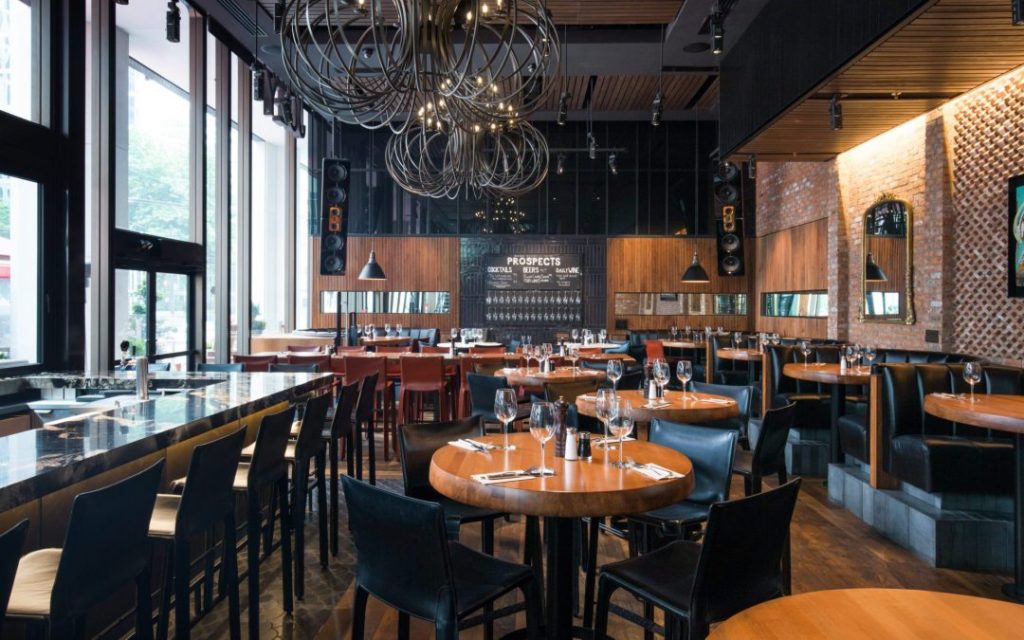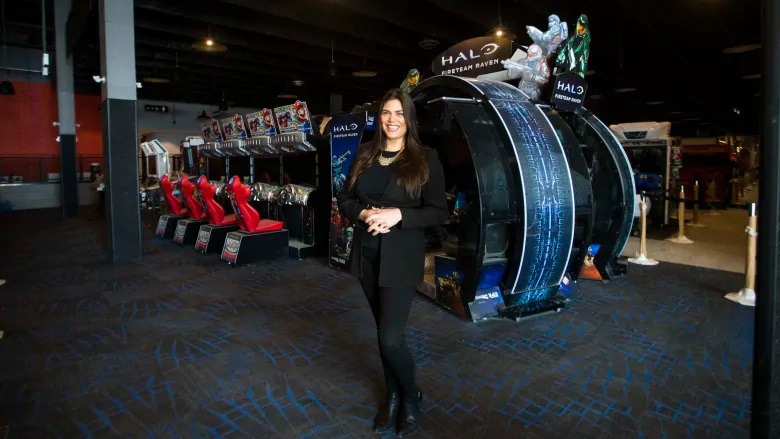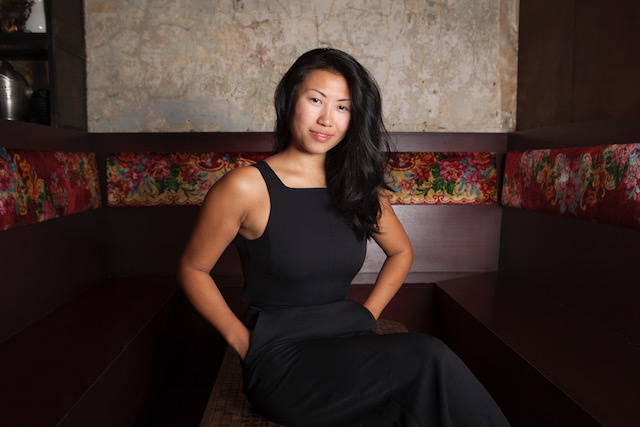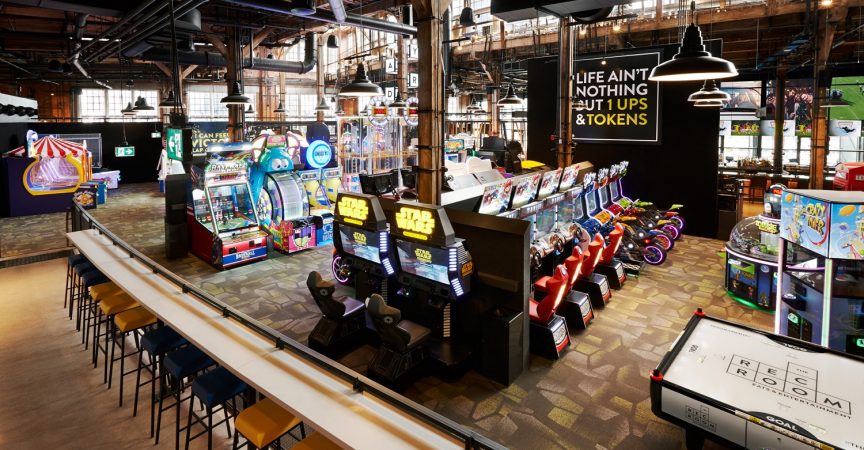Setting The Bar(s): How to scale your bar across multiple venues and provinces with industry experts
The amount of research, preparation and training required to develop a stellar beverage program is not a matter of hours and days, but more so weeks and months. Your hard work pays off, your business grows and you decide you want to add more locations to your company: how do you scale your business effectively? What are the most important factors? Where do you even begin? Thinking about this year’s RC Show theme of ‘Diversify & Thrive‘, this concept is integral as we consider the future of the foodservice landscape and how we can diversify our business to thrive in the future.
One the most important factors, according to Christina Kuypers, the Vice President, Operations & Guest Experience at The Rec Room and Playdium, is to have a firm grasp on who your audience is. Kuypers will be one of multiple panelists speaking at the RC Show 2020, in the Chain Gang: Scaling Your Bar Program Across Locations (And Liquor Laws)! discussion, March 3 at 1:00 p.m.
“You need to be clear in your definition of who your audience is,” says Kuypers. “All too often I think that concept gets confused, or restaurants miss the mark, because they try to appeal to too many people or they are unclear on who they are trying to serve.”
Jesse Sahlin is the Beverage Director for the JOEY Restaurant Group, which has more than 40 locations across North America. He echoes Kuypers sentiments that establishing what the look and feel of a beverage program should be, which he refers to as a liquid identity, makes it easier to grow, but he notes that another crucial component to successfully operating a bar program across multiple venues is one that isn’t liquid-related at all.

“For us, one of the biggest pieces is the people… and not just having the right people to execute these programs, but to present them in a way that the creators want it presented is everything.” says Sahlin, who will also be speaking at the RC Show 2020. “You can have great products, but with a poor experience it’s all for naught.”
While the JOEY Restaurant Group and the Rec Room excel at replicating their bar program across multiple similar locations, some restaurant companies have multiple establishments that vary wildly in theme and style.
Having multiple differentiating venues, such as the Donnelly Group, which has varying styles of pubs in Toronto and Vancouver, their Regional Beverage Director in Toronto, Evelyn Chick also said — surprise — that having a core anchor/identity is key, but you also need to think about the functionality of the products you’re offering.
“When someone manages a small-scale restaurant or cocktail bar, you have a little more creative freedom to play with things that are obscure and unique, but with multiple venues you have to look at what your clientele is looking for in each venue,” says Chick.
“Anything that has to do with the creation of a product, you have to make sure that you can multiply that thousands of times… and not have it slip in speed or consistency.”
The process of opening another location is not only taxing
in the leg work, research and hiring required to get the building off the
ground, but your focus becomes different during this period. Kuypers says that
growing from one or two venues is about trying to establish the brand, and
understanding if the concept that you’ve created on paper actually pans out in
real life.

Christina Kuypers, The Rec Room (image via cbc.ca)
“As you add more locations, the opening is still intensive, but you have more and more locations that are already operational — you can’t shift your focus entirely to opening, and neglect these locations that are open and need your support to tackle challenges in their day-to-day operation,” says Kuypers. “So it’s a split focus, but it’s a good problem to have — if you’re opening more locations there’s more work, so you can bring more people on and everyone is very engaged and active.”
Knowledge is power
Before the first word is spoken about a new venue in a new location, thorough research is required to learn as much about your new market as possible.
Everything is different, so for Sahlin believes it starts with building around local liquor and occupancy/accessibility laws, and understanding how the layout will need to look. Then they look at what the competition is doing.
“Are our future competitors charging five dollars for a cocktail, or 25 dollars?” says Sahlin. “What are those cocktails; what are the ingredients, the complexity, what types of spirits are on the list? What types of wine are they offering? Those are the kind of questions we ask, which gets compiled into our competitive analysis.”
Kuypers stresses the importance of combining the market research you’ve gathered with a sense of humility; putting your ego and personal preferences aside to effectively diagnose what your guests are looking for. The actual products themselves, the value proposition, pricing, method of service — it’s all a factor in servicing your guests appropriately.
“It’s really important to take that third-party perspective; to take a step back and say, ‘OK, what is that guest going to be interested in?’” says Kuypers. “But still viewing it with a sense of authenticity, because when you have a sense of place and a sense of purpose, that’s what really resonates with people.”
Despite all the research, preparation and training you do, however, this is still a business based around people… so unexpected twists are definitely going to happen.
“The biggest challenges are the ones that you think are going to happen; you’ve accounted for them and talked about them a million times with your team about what’s going to happen… and then a whole different set of challenges open up,” says Chick. “You need to be flexible with the functionality of the space, and you need to be adaptive because without those two qualities — and just sticking to your original plan — it just never works.”
“The clientele dictates what and how you serve.”
No matter how big you are, it’s all about the people
From the moment you decide to open a new venue in a new location, the process starts and ends with people.
It starts with hiring a management team where everyone has diverse enough skill sets so that everyone works in harmony, as Chick explains that having everyone being good at the same thing isn’t helpful for growth: everyone has weaknesses, so having a team that can cover each other’s weaknesses, by utilizing their strengths, is the best situation.
While it’s important to have
staff in place that are familiar with the values and culture of your company,
it’s also important to have local representation, which gives you a head start
on understanding what the local clientele needs.

“Let’s be honest, we have the best results when we involve our people; I don’t know more than someone who’s living and breathing the day-to-day operations, and taking care of the guests in a specific market,” says Sahlin. “The more involved our local management is the better: It’s the best way for us to get the results out of the decisions that we make, and it’s the best way to get feedback.”
You also need to take care of your general staff as well. Culture surveys and employee engagement assessments are paramount, especially from your teams that are on-site everyday and are the face of your establishments for your guests.
“At the end of the day, it’s ALWAYS about people,” says Kuypers. “Making sure that we are dialed in to what our guests want, and what our team needs to do the very best they can to bring our brand to life.”
“We serve each other first, before we serve our guests.”
Menu Localization
Another major factor to consider is modifying your menu to accommodate the local customer needs for a specific regional location. The tastes of a customer in Toronto is vastly different from that of one in Vancouver, Newfoundland or Los Angeles, so you also need to be conscious of that.
According to Sahlin, the big buzzword, especially in beer, is hyperlocal. With craft breweries prevalent in seemingly every community coast-to-coast, it’s very easy for his restaurants to incorporate local beers alongside the bigger, widely-popular brands. The same logic applies with wine programs as well, and although cocktails are easier to scale across multiple locations using global brands, still offering locally-distilled spirits and local favourites allows his restaurants to have consistency across all stores, but still offer a local flair.
At the Rec Room and Playdium, Kuypers said that about 80-90 percent of their menu is standard across the board, but there are some instances when you have to simply account for what the people want.
“I can guarantee that there is no location in which we’d carry Lamb’s rum but St. John’s, Newfoundland, because it would be criminal not to carry it there!” exclaims Kuypers. “We’re also going to be opening in B.C. this spring, and the wine program there, with all the diversity in wines, varietals and micro-climates, we need to be extra thoughtful about how we put together our list for those locations and ensuring that we highlight local producers.”
Having locations not be completely identical also goes a long way to ensuring that guests get a slightly different experience from each of your venues that they visit.
“It’s the little touches that make each location unique,” says Chick. “What makes a hospitality company successful is that guests are able to go around and experience different things, but there’s always going to be something unique and funky.”
“If you’re just offering the same thing across the country, then why do people have to go to your different venues? They can just go to one location and be done with the experience.”









